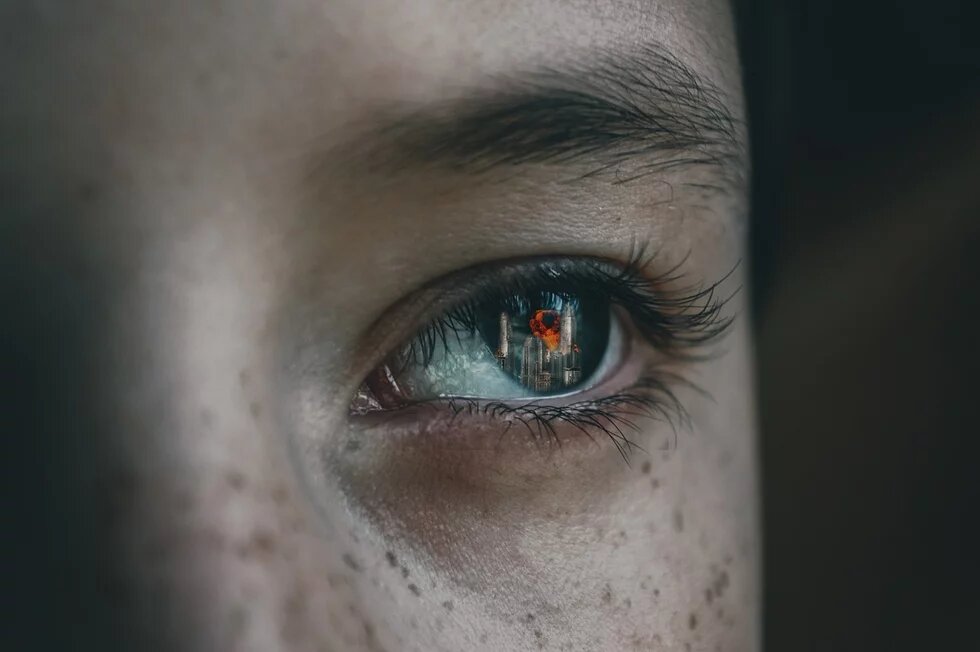War and armed conflict almost always go hand in hand with sexual violence – rape, sexual slavery, forced marriage. On occasions when it seems pertinent, such as in the context of the current war in Ukraine, politicians and the media talk about the issue and condemn the violence, but their rhetoric is short on substance.

“It is important to look at the continuum of sexualized violence. For sexualized violence and its causes are not a phenomenon of war... For those affected, sexualized violence means a painful, humiliating and destructive experience. Often, however, their suffering is only thematized in order to scandalize and instrumentalize it politically and in the media.”
In wars throughout history, sexual violence has reared up its ugly head. It happens every day, all around the globe. In his report on conflict-related sexual violence, UN Secretary-General António Guterres lists a total of 49 state and non-state actors that are credibly suspected of committing or being responsible for sexual violence in current conflicts.
The perpetrators include military personnel, police officers, armed groups and private individuals. Ninety-seven percent of the victims are female, but queer, non-binary and trans people are also subjected to sexual violence, as are some boys and men. Due to a lack of documentation, there are no precise figures on the scale of the violence.
Sexual violence as a weapon
When politicians and the media discuss sexual violence, they often focus on its function as a war tactic. And, indeed, sexual violence is often employed that way. During the Bosnian war, for example, Serbian and Serbo-Croat militias imprisoned primarily Muslim women and girls in camps, where they were systematically raped and deliberately impregnated. As part of its reign of terror, the so-called Islamic State has also purposefully kidnapped and sexually enslaved Yazidi women and girls.
In those contexts, it has been shown that sexual violence was deliberately organised and employed as a military strategy. They are two examples of how sexual violence is used systematically to terrorise, demoralise, expel and destroy the “enemy” population.
However, it is not always easy to prove that mass rapes are part of a deliberate tactic. It can be hard to find clear evidence that the rapists are acting on orders. That is one reason why it is often difficult to prosecute the perpetrators.
No orders required
Sexual violence and other forms of gender-related violence in armed conflict are on the rise outside of specific combat operations. Public safety gets neglected when the police and army are involved in the fighting and not around to ensure law and order. What’s more, the fear, uncertainty and general atmosphere of violence can have a negative impact on society and family life, amplifying existing tensions and heightening the dynamics of violence. It has been noted that armed conflict is often accompanied by an increase in domestic violence, human trafficking and sexual violence within the affected populations, perpetrated among themselves. Violent acts are not adequately investigated or punished, while shelters for victims of domestic violence are forced to close.
If we are to offer adequate support to the survivors of wartime sexual violence, the public discourse on violence against women during armed conflict must not be automatically equated with rape as a military strategy. That gives a limited perspective on the situation and fails to recognize the structural causes of sexual violence, hampering effective and lasting counter-measures.
It is important to understand how sexual violence fits into the continuum of human society as a whole. Sexual violence and the reasons behind it are not mere wartime phenomena. They are deeply rooted in our patriarchal society, in structural discrimination, and in the imbalance of power that permeates the relationship between the sexes in peacetime as well.
Long-term support, not short-lived condemnation
Sexual violence is a painful, humiliating and devastating experience for the victims. Often, however, their suffering is merely used to whip up a political and media outcry; they do not receive the practical assistance they need.
Again, the Bosnian war is a good example of this. The mass rape of Muslim women and girls was met with widespread indignation – for a brief time. The international outcry did not lead to those women being empowered to participate in the Dayton peace negotiations, nor were the rights of the survivors addressed in the peace agreement. Instead, the victims were left alone to cope with the consequences. They endured social stigmatisation and marginalisation. Many of them are still suffering from the long-term effects.
Similar patterns can be observed in other wars. And so it is all the more important to give long-term attention to the injustices faced by the survivors of sexual violence and provide them with lasting support.


